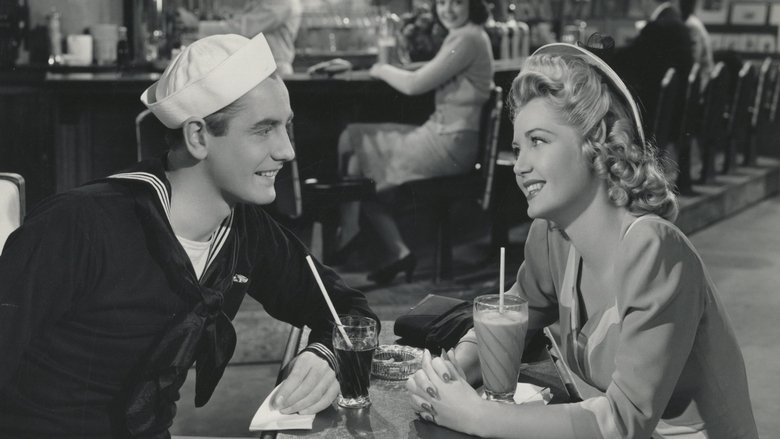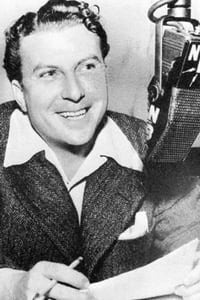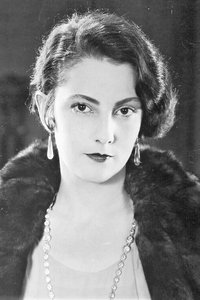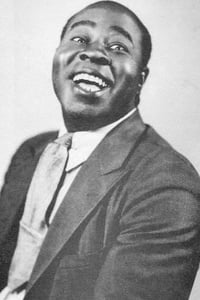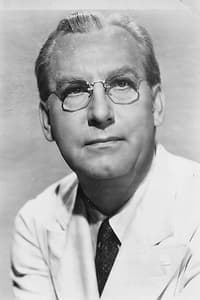Who's Superstitious?
Genres
Documentary
OverView
This short film examines the origins of several superstitions including crossing your fingers, knocking on wood, rabbit's feet, and breaking champagne bottles to christen ships, plus the role of superstitions in the Flying Dutchman tale.
Others
Budget
$--
Revenue
$--
Status
Released
Original Language
English
Runtime
11 mins
Rating
5/10
Release Date
02 January 1943
Country
United States of America
